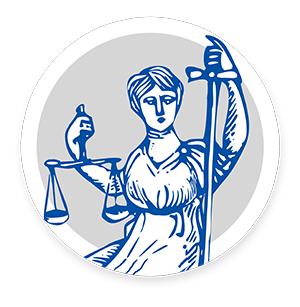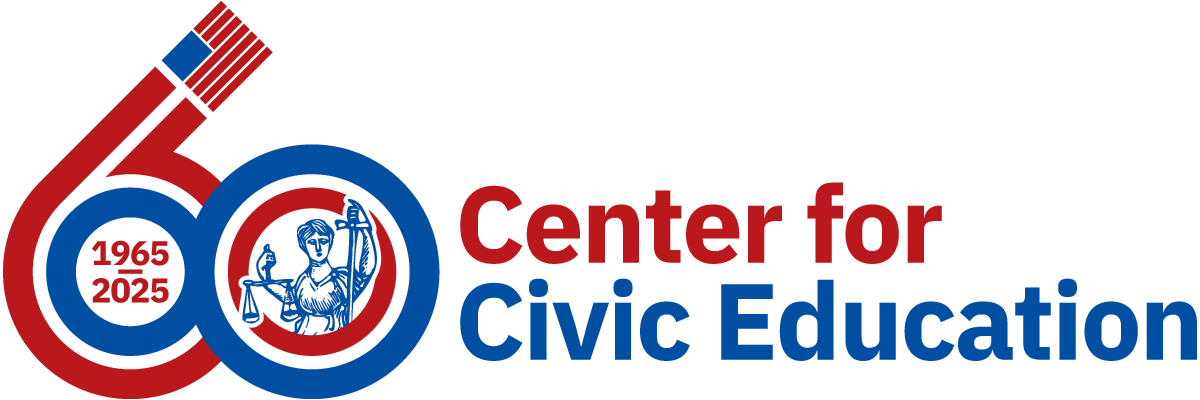| Impact of Dr. King's Legacy | |||
| GRADE LEVEL(S) |
Upper elementary to middle school
|
TIMEFRAME |
3 one-day lessons plus 1 summative assessment
|
|
ALIGNMENTS |
TEXTS/MATERIALS |
||
|
We The People
College, Career, and Civic Life (C3) Framework
Educating for American Democracy Roadmap Theme 3: We the People
Theme 5: Institutional and Social Transformation
|
Day 1
Day 2
Day 3 |
||
|
COMPELLING QUESTION |
|||
| Has Dr. Martin Luther King’s dream been fulfilled? | |||
|
SUPPORTING QUESTION(S) |
|||
|
|||
|
LESSON OBJECTIVE |
VOCABULARY |
||
|
|
||
|
TEACHER BACKGROUND |
|||
|
While Dr. Martin Luther King, Jr. is arguably the most well-known figure of the Civil Rights Movement, many do not fully comprehend the impact that King has had on the lives of Americans. Although our nation honors his birth with a federal holiday, it is critical that educators elevate Dr. King’s accomplishments to more than a day in January or a mention during Black History Month. Teaching about Dr. King is essential for our students to understand the ongoing struggle for civil rights that still plagues our nation today, and allows educators to honor diversity and explore the values of justice. Providing students the opportunity to read and listen to Dr. King’s words helps them to understand the power of taking informed action. When educators provide high-quality primary source material and opportunities for students' agency, we can begin to dismantle misconceptions and preconceived notions. Empowering students to conduct investigations, analyze evidence and make claims based on their research elevates learning and critical thinking skills. Teachers can find additional background support resources as follows:
Teachers should note the suggestions for advanced preparation of the lesson activities for Day 3. This lesson contains material about racism that some students might find offensive or potentially traumatizing. This material has been included to give students a sense of the civil rights era and the obstacles faced by campaigners for civil rights. A culturally responsive classroom will provide a welcoming and safe environment where students feel comfortable discussing difficult topics. Ensure students feel comfortable sharing appropriate personal perspectives. Consider establishing classroom norms that encourage discussion. |
|||
|
SEL FOCUS |
|||
|
Students will develop their social awareness by showing understanding and empathy for others by articulating Dr. King’s dream and how it shows up in their life and the lives of their peers.
|
|||
|
ASSESS & AUTHENTICALLY ENGAGE |
|||
|
|||
About
 This site is brought to you by the Center for Civic Education. The Center's mission is to promote an enlightened and responsible citizenry committed to democratic principles and actively engaged in the practice of democracy. The Center has reached more than 30 million students and their teachers since 1965. Learn more.
This site is brought to you by the Center for Civic Education. The Center's mission is to promote an enlightened and responsible citizenry committed to democratic principles and actively engaged in the practice of democracy. The Center has reached more than 30 million students and their teachers since 1965. Learn more.
Center for Civic Education
5115 Douglas Fir Road, Suite J
Calabasas, CA 91302
Phone: (818) 591-9321
Email: web@civiced.org
Media Inquiries: cce@civiced.org
Website: www.civiced.org




